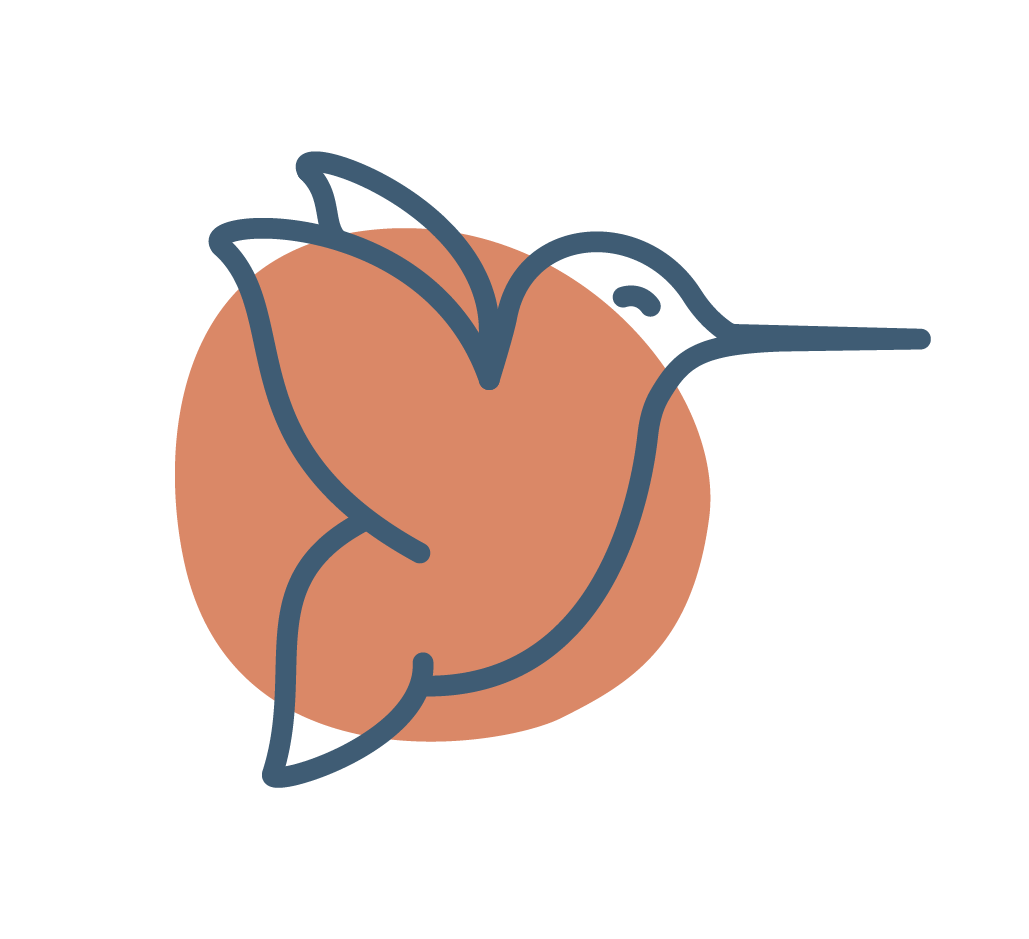Learning to Trace with Insets
My son was never big into drawing. I can remember being so excited to buy him coloring books and crayons, I thought we were going to have so much fun. However to my surprise he had very little interest in coloring.
I thought maybe if he had different crayons or Paw Patrol coloring books that I could persuade him to sit long or have some interest in coloring, I mean who doesn’t like to color? I was lucky to get picture or painting every couple months.
But he never got into it, even to this day at 7 years old, he’s never been interested. He is however interested in drawing? What’s the difference you say?
Well I’m not the person to ask about anything having to do with art (maybe that’s why I was hoping my son would get into it), but I think the difference is using a pencil or pen rather than crayons. Also with coloring in a coloring book at least, a lot of the work is done for you. The images have been created and your job is to at some point stay within the confines of the lines and fill in the blank space. With drawing you create the images yourself.
With that being said, when I did introduce my son to the plastic insets (typically made from metal in a Montessori environment) he thoroughly enjoyed using them.
Let me explain the insets.
The inset work strengthens the fingers, hand and wrist for writing work.
Typically the insets consist of a pink square and blue pegged shape that can be removed. The pink and blue colors correspond with the sandpaper letters that the child will be introduced to later in the Montessori environment.
The shapes can be removed and the child is then able to trace the inset or the child can remove the square and trace around the shape, which does require more coordination and finger strength. Before using the insets your child will have previous work with a pencil and paper, such as holding a pencil properly and marking on paper.
The shapes can be divided into 2 categories.
Straight line shapes
1. Square
2. Rectangle
3. Triangle
4. Trapezoid
5. Pentagon
Curved Line Shapes
1. Circle
2. Ellipsoid
3. Oval
4. Quatrefoil
5. Curvlinear triangle
Aims and Benefits
Preparation for handwriting (straight lines and curved lines)
Independently creating written symbols
Exposure to geometry
Exposure to pink and blue system consistent with Montessori writing work




